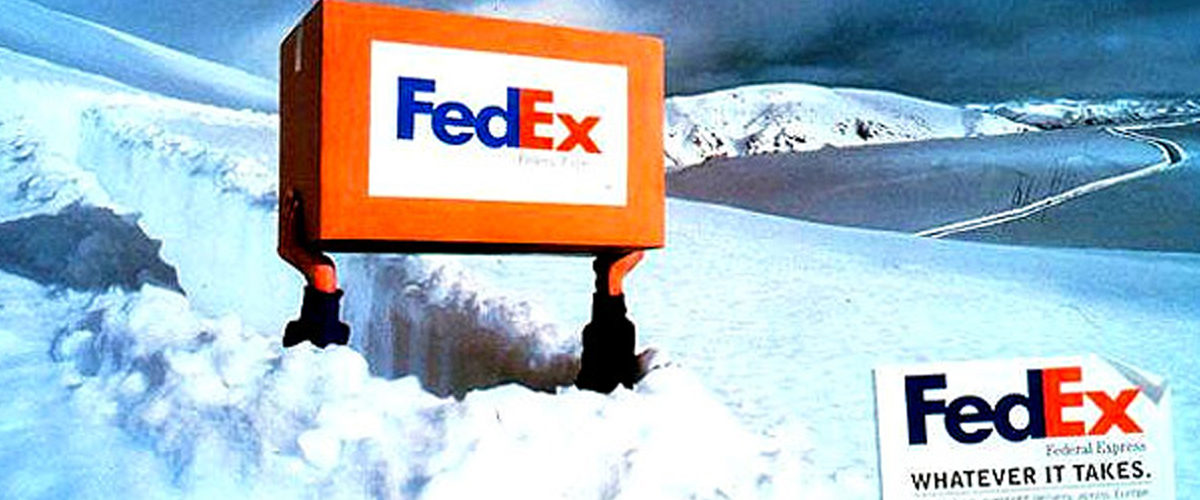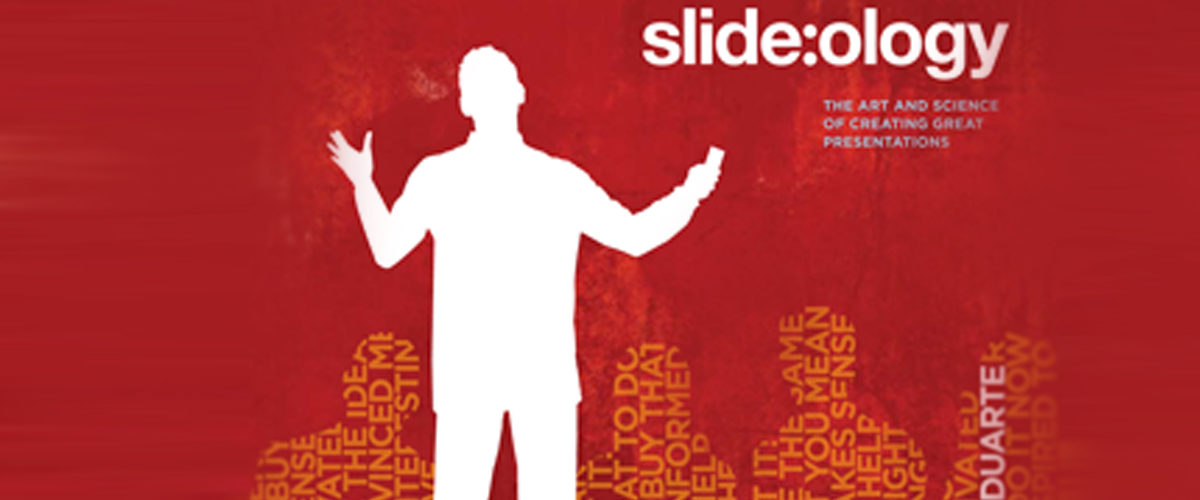Any lion tamer will have three tools to control their majestic beast: a whip, a stool, and a fistful of enticing snacks. Which of these tools is most useful?
Most would say it’s the whip, but they would be wrong. It’s the stool. When the lion tamer raises the stool to face his roaring counterpart, the lion sees all four stool legs and doesn’t know which one to focus on. Consequently, they stand frozen, enabling the tamer to keep them under control.As interesting as this may be, we as humans are not impervious to this same manipulation. When you try focus on too many things in your work, you become incapable of taking effective action on any of them. Lack of focus significantly impairs your ability to lead and stick to your plan, especially when giving a presentation.In order to prevent what I like to call the very appropriately named “tamed-lion syndrome” you should follow these rules:
Set goals.
Know what you do, how you do it, why you do it, and where you want to take it. Know all of that, and the goal-making process will be a piece of cake. Go to the first day of class and what does the professor do? He goes over the syllabus and talks about his goals for you as his student. Join a gym your instructor will immediately talk about your goals and what exactly you hope to achieve with your body. Both the college professor and the gym instructor are following the same trend, they’re highlighting end results. They’re trying to lure you in by showing you the potential the service can offer you. It is useful to set goals at all levels, daily, weekly, monthly, annual, and long term. Expressing your short and long term goals in your presentation are great for transparency for your audience. Giving a clear message and ultimate goal to your audience will allow them to empathize with you and genuinely understand your passion. It’s a universal fact that empathy, or really just emotion, is the single most powerful tool for selling. All in all, it’s pretty simple; set goals, explain them, and sell more.
“That’s been one of my mantras – focus and simplicity. Simple can be harder than complex: You have to work hard to get your thinking clean to make it simple. But it’s worth it in the end because once you get there, you can move mountains.”
-Steve Jobs
Get your priorities straight.
This is arguably the most important and useful factor when it comes to focusing. Knowing your long term goal is the best way to start. That in itself takes a while to figure out. But once you take that step, highlight, circle, star, check, enumerate, or do whatever it is you have to do to prioritize your tasks to get you to your goal. The more detailed, the more effective it’ll be. Priorities should be outlined along with your goals in your presentation. This comes back to transparency; the more your audience can understand you and your company, the more comfortable they will feel with you.
References:
Colan, Lee. “What Lion Tamers Know About Focus.“ Inc.com. July 19, 2013. Jarrett, Christian. “How Goals and Good Intentions Can Hold Us Back.” 99u. July 10, 2012.









